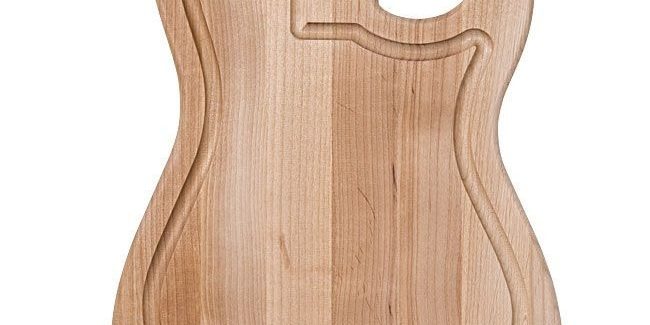Wooden cutting boards have a fascinating relationship with knife blades, and understanding this dynamic is crucial for both professional chefs and home cooks. In this article, we’ll delve into the science of how knife blades interact with wood cutting boards.
1. Knife Edge Preservation: Explore how wood cutting boards are gentle on knife edges, reducing the risk of premature dulling. We’ll discuss the impact of wood’s natural elasticity and how it helps maintain sharp blades.
2. Self-Healing Properties: Learn about the self-healing properties of wood fibers. Discover how small cuts and grooves on the surface of a wood cutting board can naturally close up over time, preventing deep scars that can harbor bacteria.
3. Impact on Food Flavor: Delve into how wood can enhance the flavor of certain foods. We’ll explore the science behind wood’s ability to impart subtle aromas to ingredients like herbs and spices, elevating your culinary creations.
4. Surface Texture and Grip: Understand how the texture of a wood cutting board can influence knife control and grip during cutting. We’ll discuss the benefits of a slightly textured surface for stability.
5. Reducing Friction and Food Adhesion: Learn how wood’s lower coefficient of friction compared to plastic can make chopping and slicing more efficient. Discover how this can reduce the likelihood of food sticking to the blade.
By the end of this article, you’ll have a comprehensive understanding of the intricate relationship between knife blades and wood cutting boards, allowing you to make informed choices in your culinary endeavors.






